Introducing Automobili Pininfarina’s prototype electric hypercar codenamed ‘PF0’
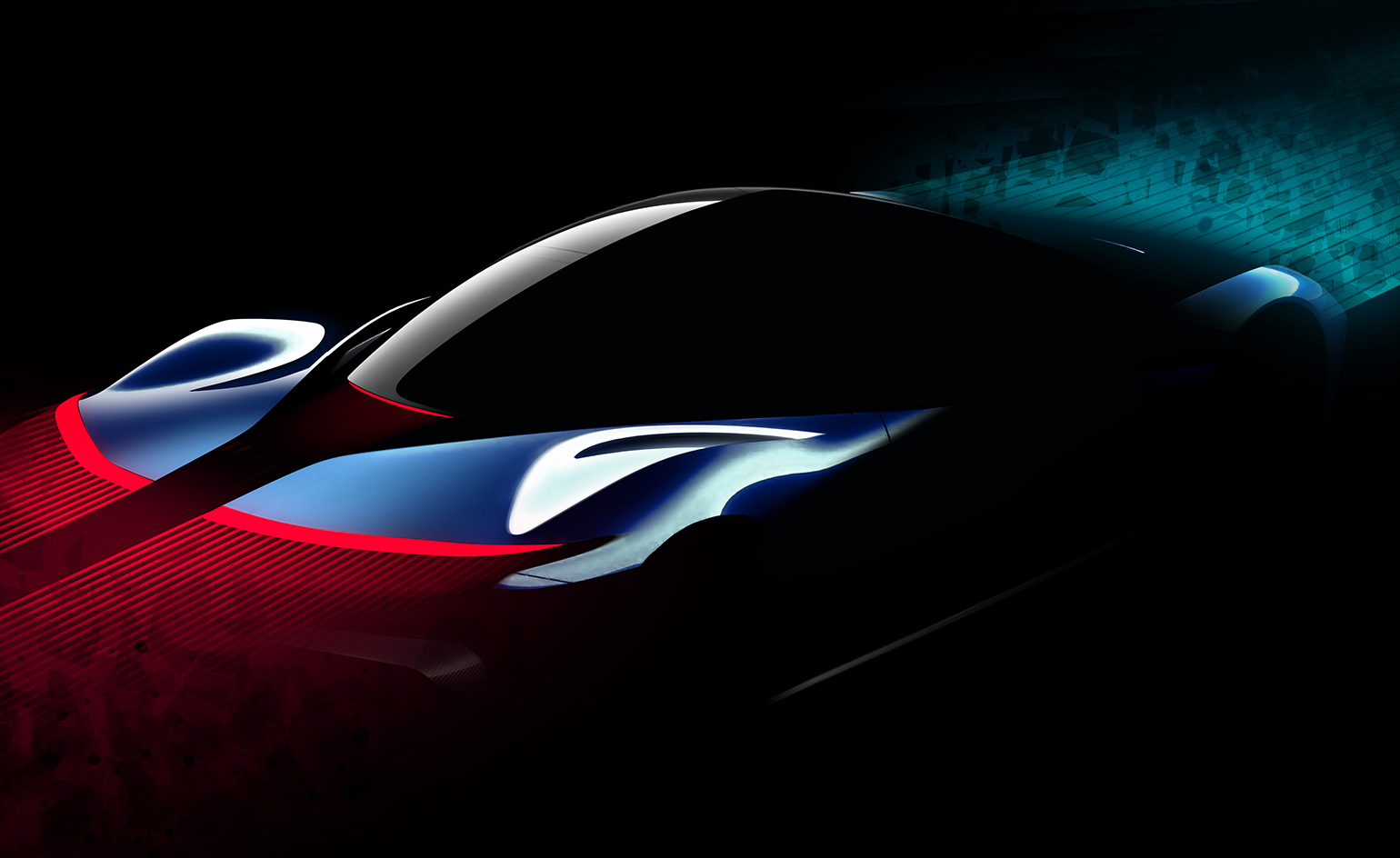
Automobili Pininfarina is a new niche marque, dedicated to crafting clean-powered cars that are radical in their design, where possible built by hand, and always sustainably developed. When its first products appear in the next few years, they will be as swift and exclusive as any modern supercar. Up until now, Pininfarina SpA was best known as a design agency, a legendary Italian styling house with a long, long list of greatest hits, including Ferrari, Peugeot and Maserati. In April, the company announced the creation of the standalone brand, debuting with a €2 million electric hypercar codenamed PF0.
PF0’s calm exterior design veils staggering performance and the promise of extreme driver thrills. With electric motors providing projected acceleration to 62 mph in less than two seconds and a top speed above 250 mph, it also promises a zero emission range of over 300 miles. The full production model will be shown at the Geneva Motor Show in March 2019, with a limited run of 150 cars built at Pininfarina’s factory in Cambiano, Italy from 202 onwards.
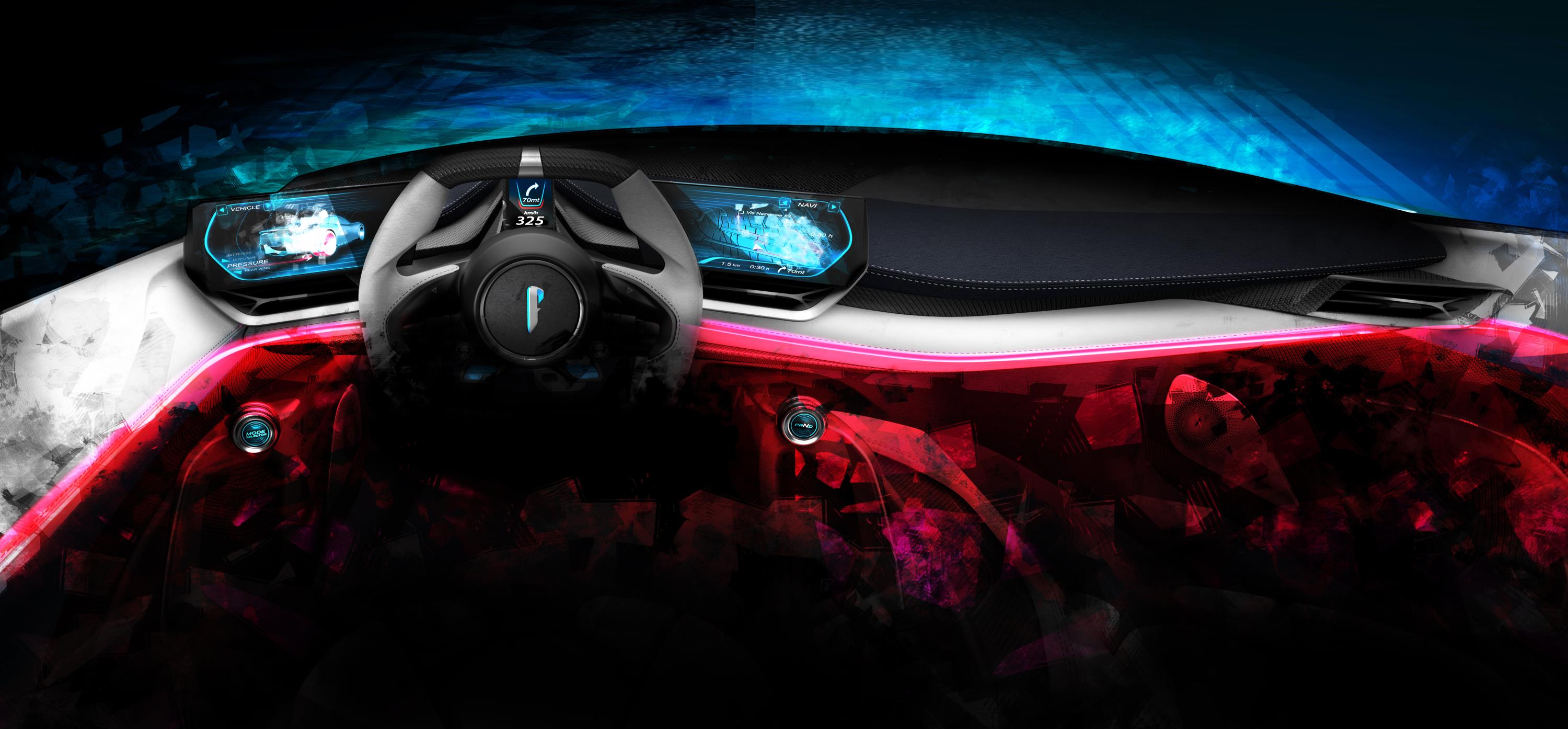
‘Soprattuto deve essere bella – above all it must be beautiful,’ says creative director Luca Borgogno, echoing the words of his company founder Battista ‘Pinin’ Farina. ‘This idea is at the heart of Automobili Pininfarina. All our products have to be one hundred percent Pininfarina objects in their clarity and execution. It is about falling in love with the cars.’ The carrozzeria has sketched some of the most exciting and elegant cars in automotive design history and a lot is riding on its first own-brand machine.
‘Our rule is to join function and aesthetics,’ Borgogno explains confidently. ‘This is not the same as form-follows-function, something many of our performance car competitors do. I admire those cars too, but at Pininfarina form and function cannot compete. Instead it is about a fluidity of aesthetic and function, it is about the front expression and the sensual treatment of surfaces. Aerodynamics must always be seamlessly integrated with design.’
The brief was to come up with the most beautiful, pure-electric hypercar in the world. Borgogno studied Pininfarina’s remarkable back catalogue of cars and mentions models like the Cisitalia 202, noting how advanced it was for 1947. ‘The Cisitalia is a masterpiece in sensuality and proportion; look at the integration between the lines. It is more like a car from the 1960s.’ The designer emphasises that Automobili Pininfarina will not be making pastiche retro cars – the referencing will be conceptual. ‘It is more to do with the treatment, the feel,’ he confirms. ‘It is about bringing back the sensuality of some of our cars from the 1960s and 70s – round sections that are sexy.’
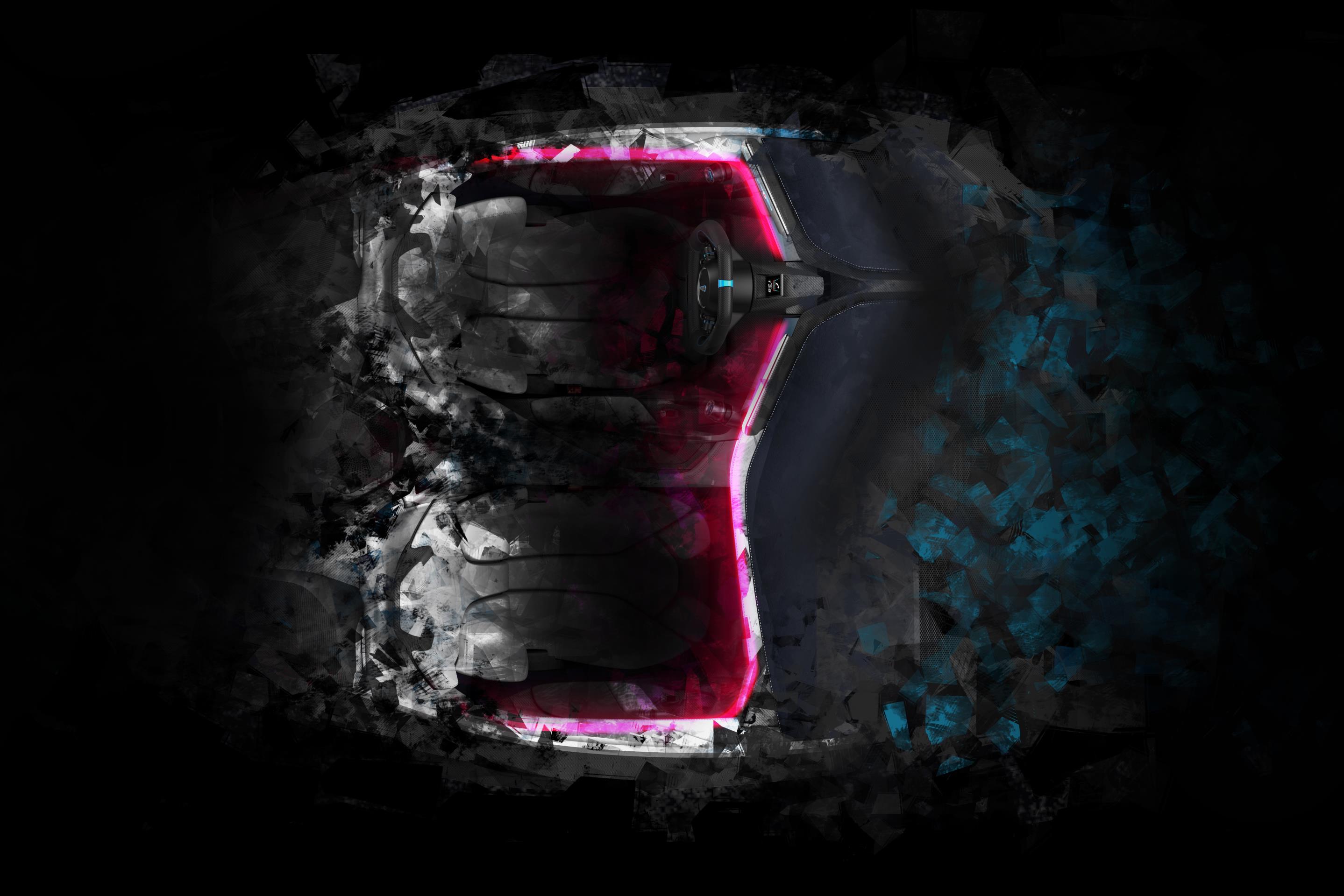
The PF0’s full carbon body is curvaceous and sculptural, encased in sweeping glass, with a single dynamic strip of light cascading from the front of the car to replace traditional headlights. ‘We are defining a car that is not over-designed,’ Borgogno says. ‘We want something that is super clean and looks impossibly simple. Whenever you look back at classic Pininfarina cars, these qualities stand out.’
Inside, the story becomes a touch more radical. Borgogno coins the cabin theme ‘vanishing point’ – an interface that delivers only the information the driver needs to know. A couple of screens sit on either side of a compact steering wheel, angled towards the driver, while key information is projected on a head-up display instead of conventional dials. ‘This is a very powerful and a very fast car, and it should be enjoyable to drive. Yet we didn’t want it to be just for the track; it needs to be usable for every day driving,’ Borgogno explains, ‘instead of placing any distractions in front of the steering wheel, as in other cars, we have a small screen that informs of the most important driving information. The treatment is very minimalistic and therefore entirely digital. How an occupant feels in the car at all times, how he or she changes their point-of-view from inside to outside without distraction, and how they relate to information sources – these are as important to us as the exterior design principles.’
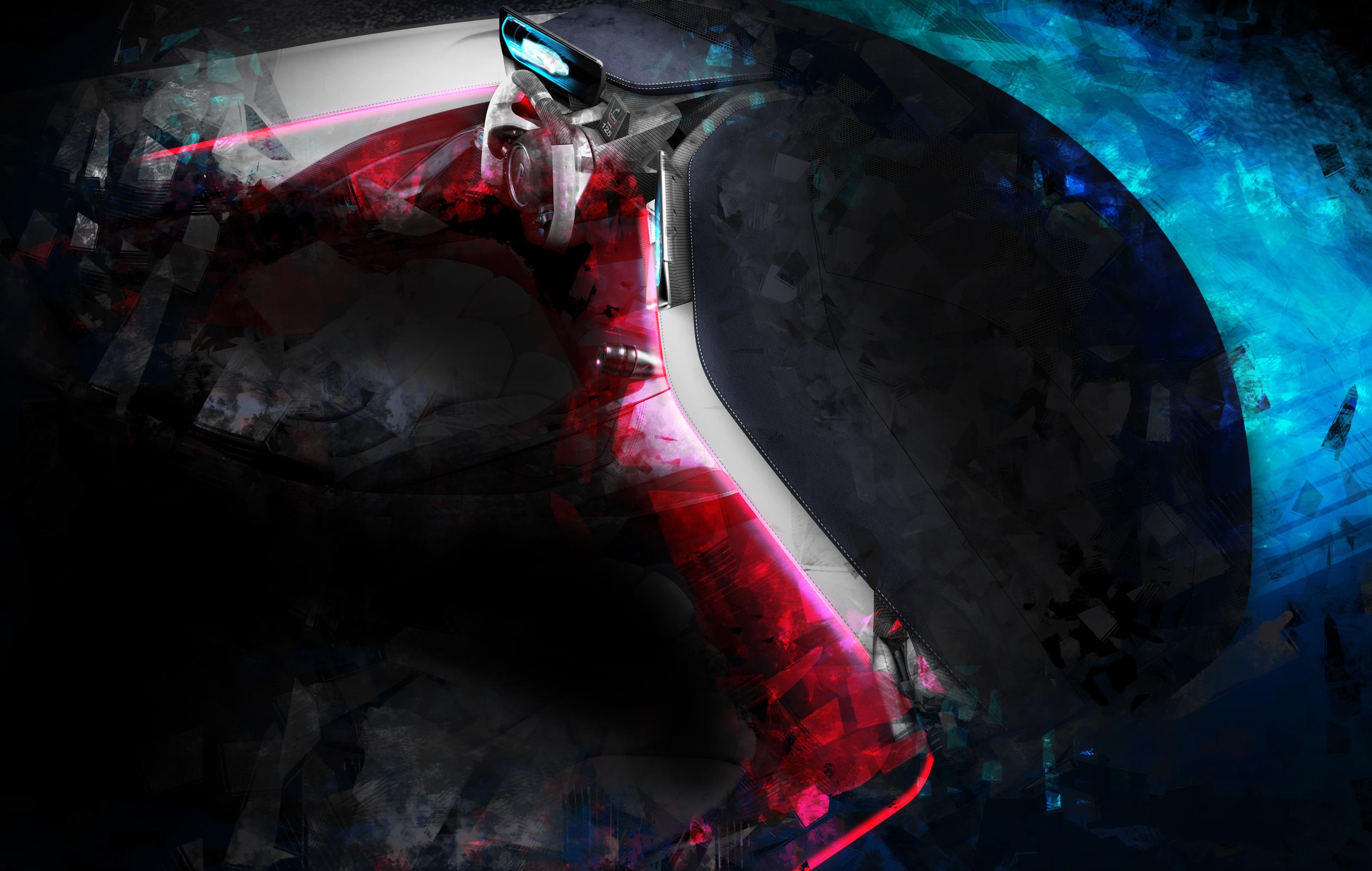
All interior materials and fabric will be ethically sourced to include natural woods and paints without chemical ingredients. ‘For us the materials need to be eco-friendly but also sourced and produced in ecological ways,’ says Borgogno, ‘we are in close communication with the design team at Pininfarina SpA where they create boats, buildings and other objects to help inform our work.’ Borgogno believes it is essential to reduce waste wherever possible within the production process, both in the energy used to develop and build the cars and the materials used.
Asked if he envisages future Automobili Pininfarina products such as smaller electric city cars or family cars, he replies with a categorical no. ‘This is a luxury brand so we will not be making cheap small cars or utility vehicles. The customer we have in mind will know their design and love beautiful objects – cars, boats, buildings, art. These are people with a higher level of taste,’ he says. Above all, Automobili Pininfarina is pushing for a cleaner, greener hypercar that’s still the embodiment of desire. ‘We want them to fall in love with the cars and for the products to keep their value. Our company’s historic principles of elegance and simplicity provide us with a great opportunity to stand out from the design of most current supercars and hypercars.’
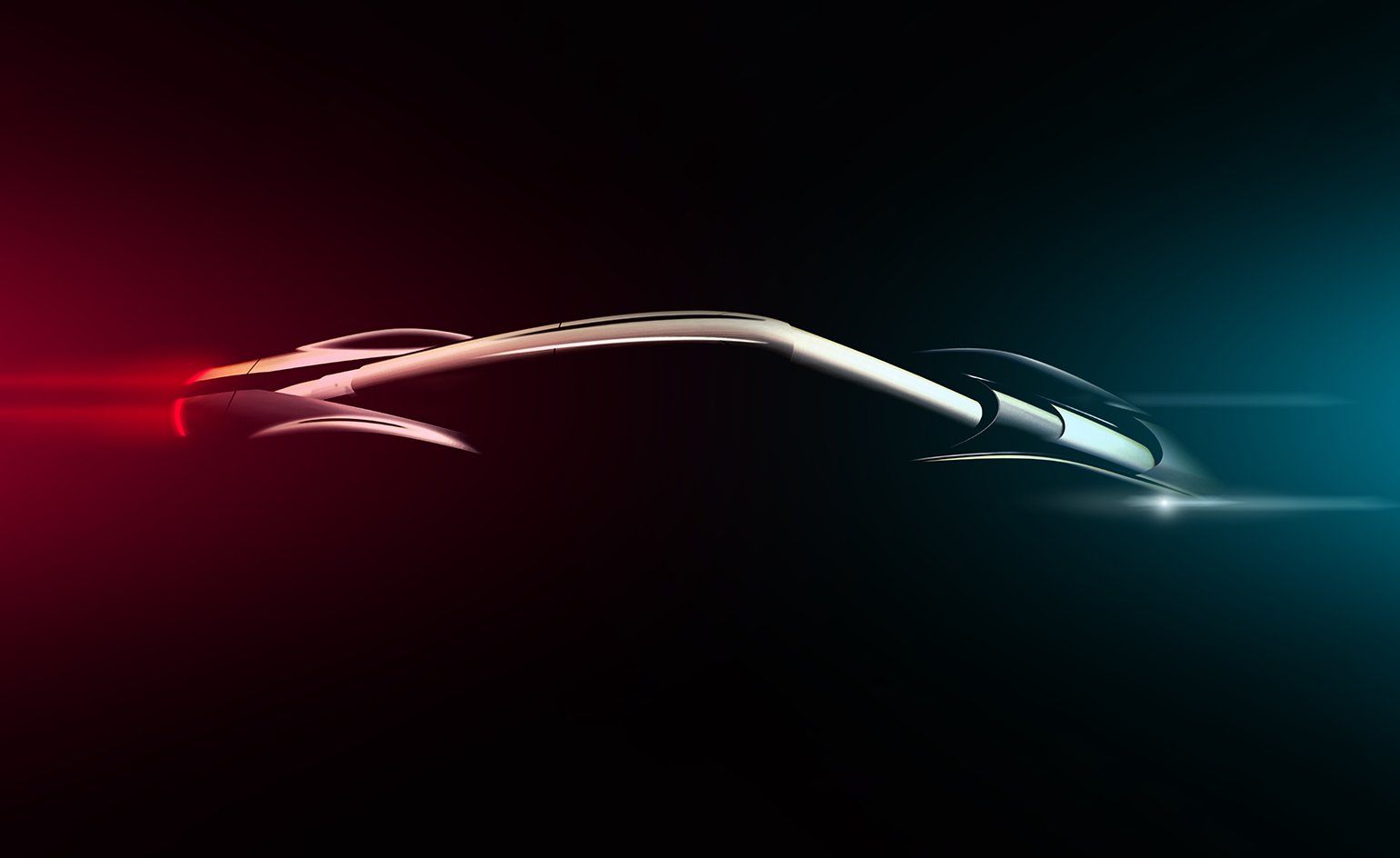
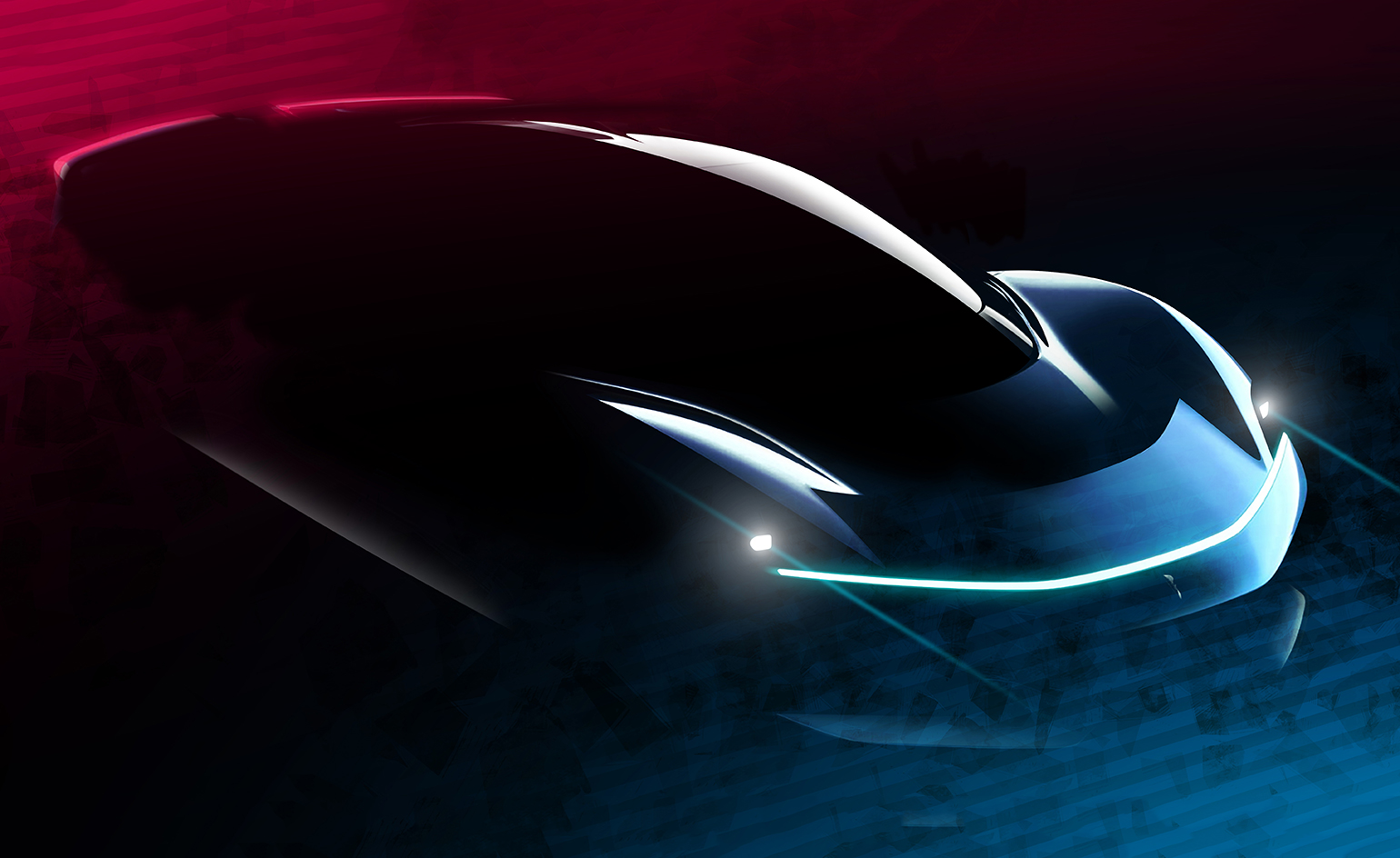
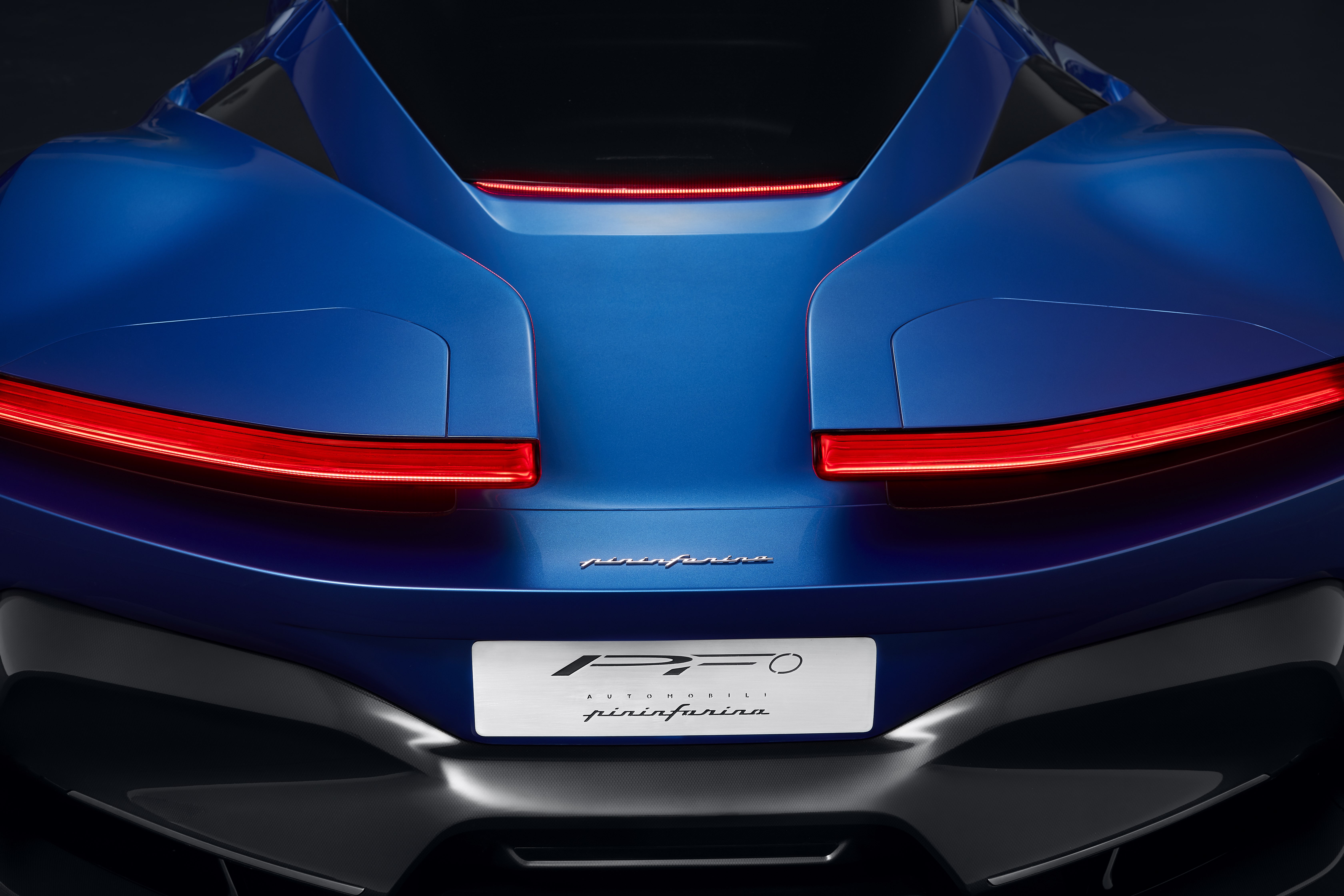
INFORMATION
For more information, visit the Pininfarina website
Wallpaper* Newsletter
Receive our daily digest of inspiration, escapism and design stories from around the world direct to your inbox.
A writer and editor based in London, Nargess contributes to various international publications on all aspects of culture. She is editorial director on Voices, a US publication on wine, and has authored a few lifestyle books, including The Life Negroni.
-
 Enter the world of Cave Bureau, and its architectural and geological explorations
Enter the world of Cave Bureau, and its architectural and geological explorationsNairobi practice Cave Bureau explores architecture’s role in the geological afterlives of colonialism, as part of a team exhibiting at the British pavilion at the Venice Architecture Biennale 2025
By Marwa El Mubark
-
 All-In is the Paris-based label making full-force fashion for main character dressing
All-In is the Paris-based label making full-force fashion for main character dressingPart of our monthly Uprising series, Wallpaper* meets Benjamin Barron and Bror August Vestbø of All-In, the LVMH Prize-nominated label which bases its collections on a riotous cast of characters – real and imagined
By Orla Brennan
-
 Maserati joins forces with Giorgetti for a turbo-charged relationship
Maserati joins forces with Giorgetti for a turbo-charged relationshipAnnouncing their marriage during Milan Design Week, the brands unveiled a collection, a car and a long term commitment
By Hugo Macdonald
-
 Peugeot’s sparky 308 gets hybrid power and handsome lines
Peugeot’s sparky 308 gets hybrid power and handsome linesThe Peugeot 308 proves that mass-market design needn’t be dull, blending hybrid power with sharp lines and excellent detailing
By Jonathan Bell
-
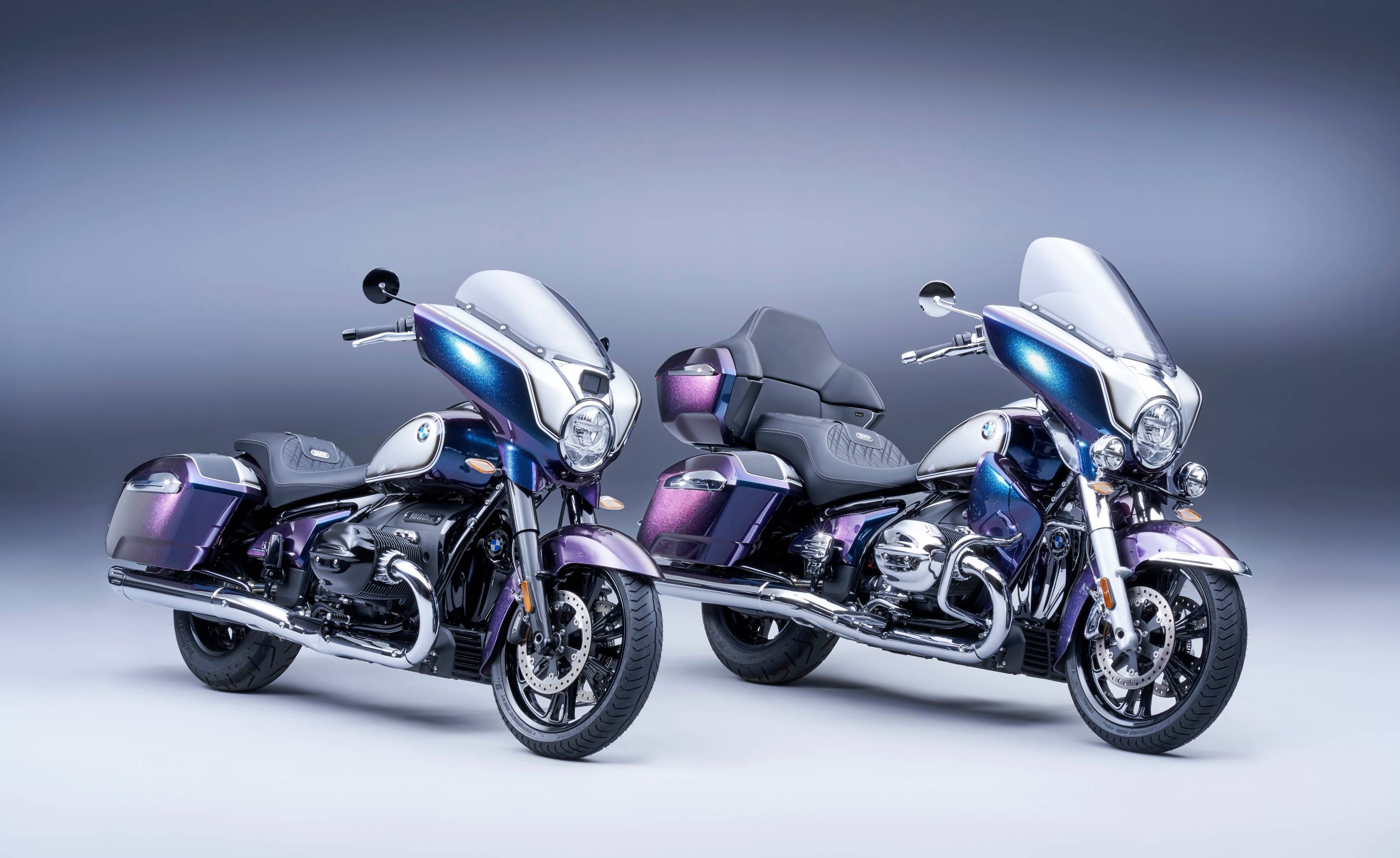 BMW Motorrad brings out the big guns for its newest cruisers
BMW Motorrad brings out the big guns for its newest cruisersBMW Motorrad R 18 Bagger and Transcontinental set the tone for high-voltage cruising with a brand collaboration with speaker specialist Marshall
By George Chapman
-
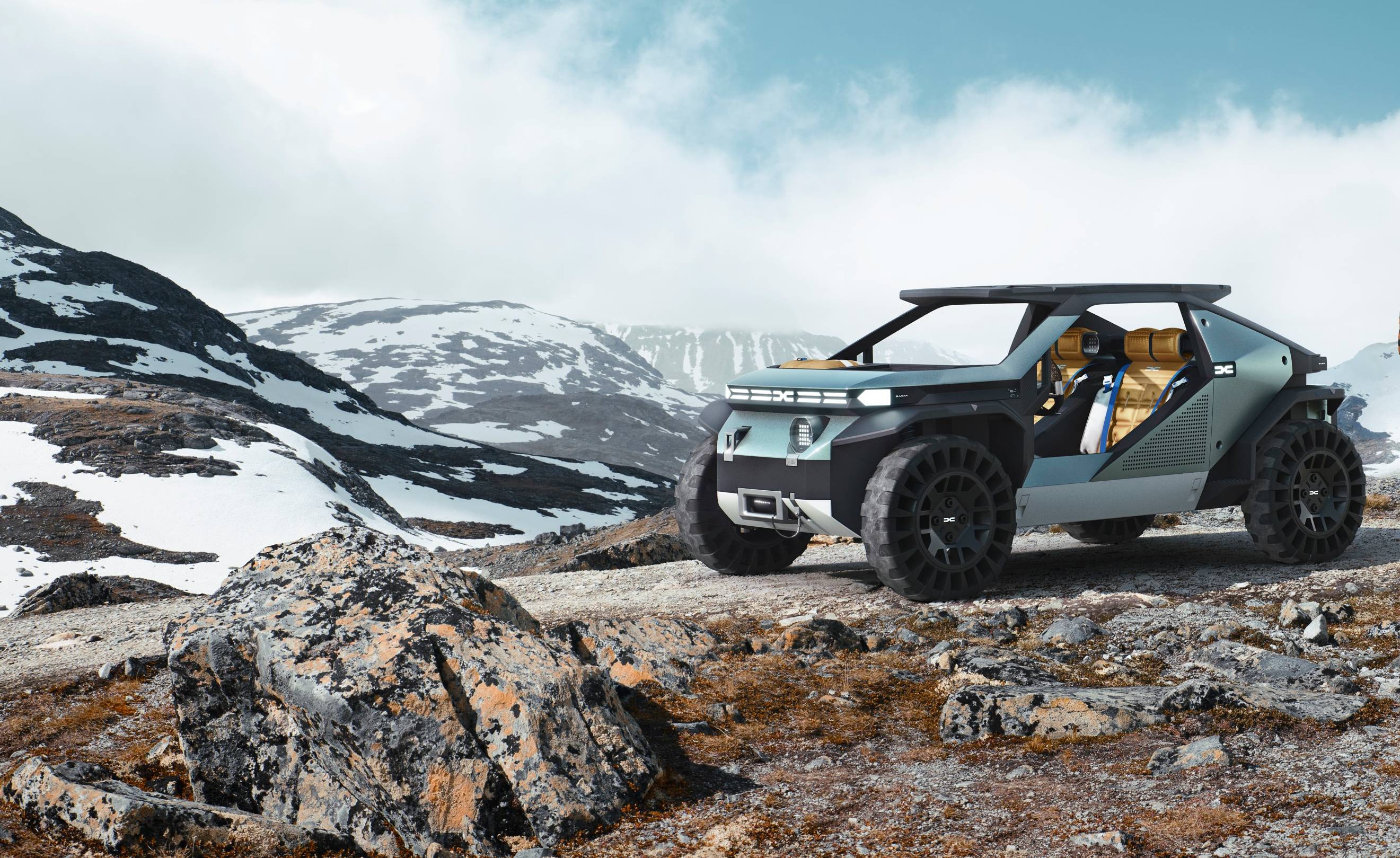 Dacia’s new Manifesto concept is a true outdoor utility vehicle
Dacia’s new Manifesto concept is a true outdoor utility vehicleUtilitarian auto brand Dacia sets a bold new agenda with its Manifesto, a concept car pitched at the active outdoor market
By Jonathan Bell
-
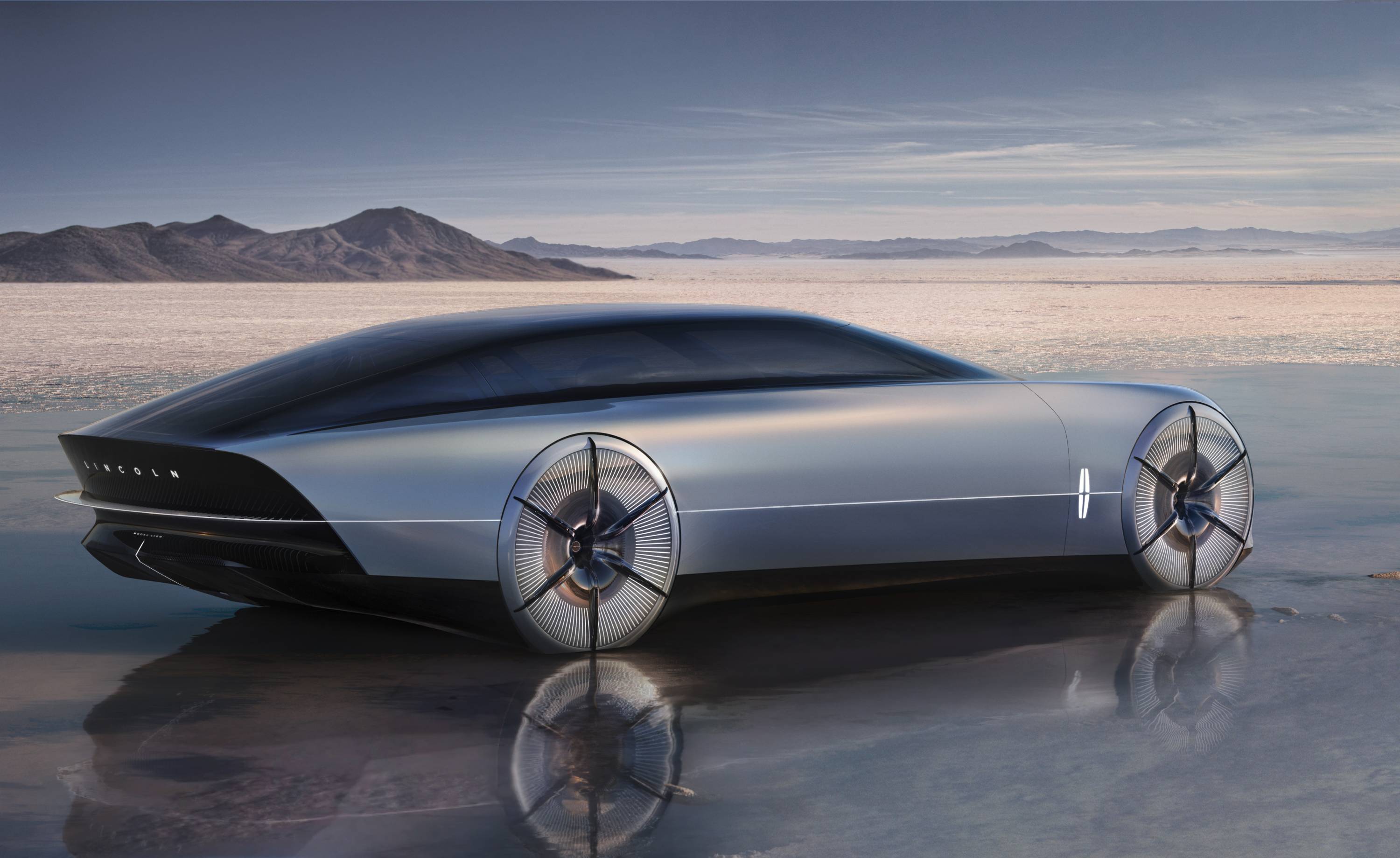 The sun sets on traditional supercars at California’s Monterey Car Week
The sun sets on traditional supercars at California’s Monterey Car WeekMonterey Car Week, the world’s most prestigious car gathering, is showcasing ever-more extravagant special editions, coachbuilt cars and all-new electric concepts. Here are seven key machines from 2022
By Rory FH Smith
-
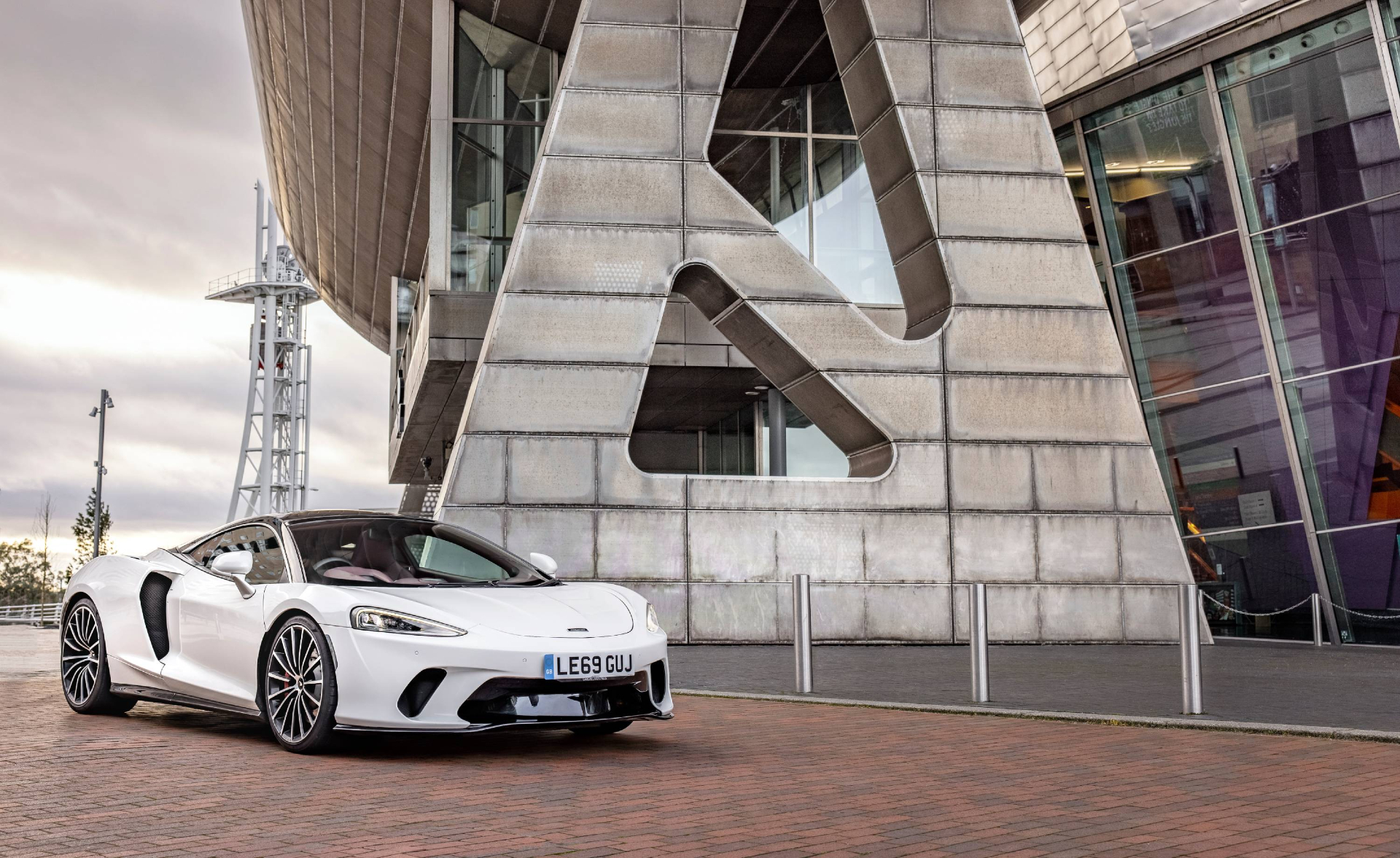 Is McLaren’s GT a sports car, a tourer, or the best of both?
Is McLaren’s GT a sports car, a tourer, or the best of both?The McLaren GT is a capable all-rounder dressed up in svelte supercar clothes. It might also be the last of its type
By Jonathan Bell
-
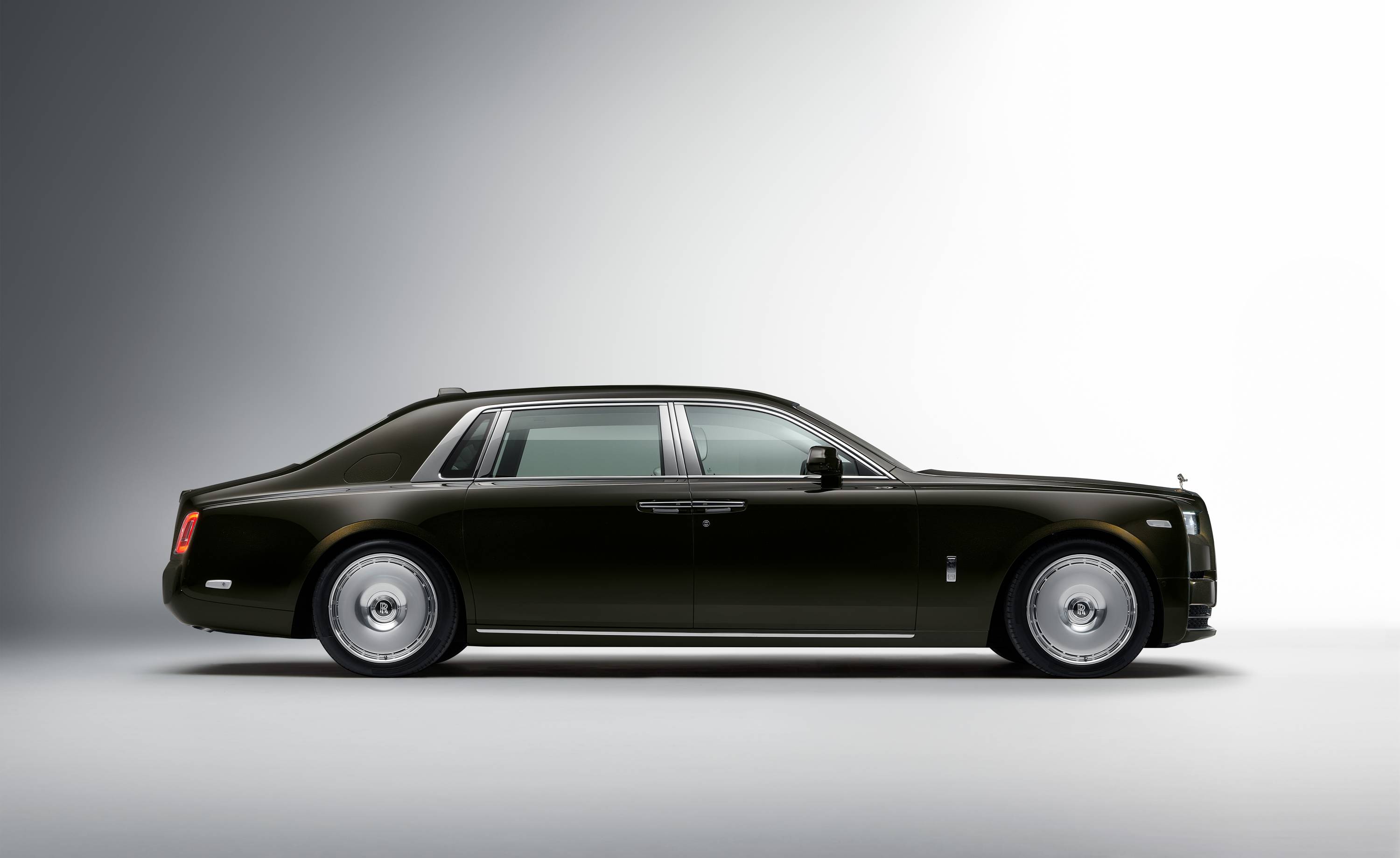 Rolls-Royce puts the Phantom back on its lofty pedestal
Rolls-Royce puts the Phantom back on its lofty pedestalA mid-life refresh ensures the flagship Rolls-Royce Phantom Series II is at the top of its game, a last hurrah for traditional engines before an electrified future
By Jonathan Bell
-
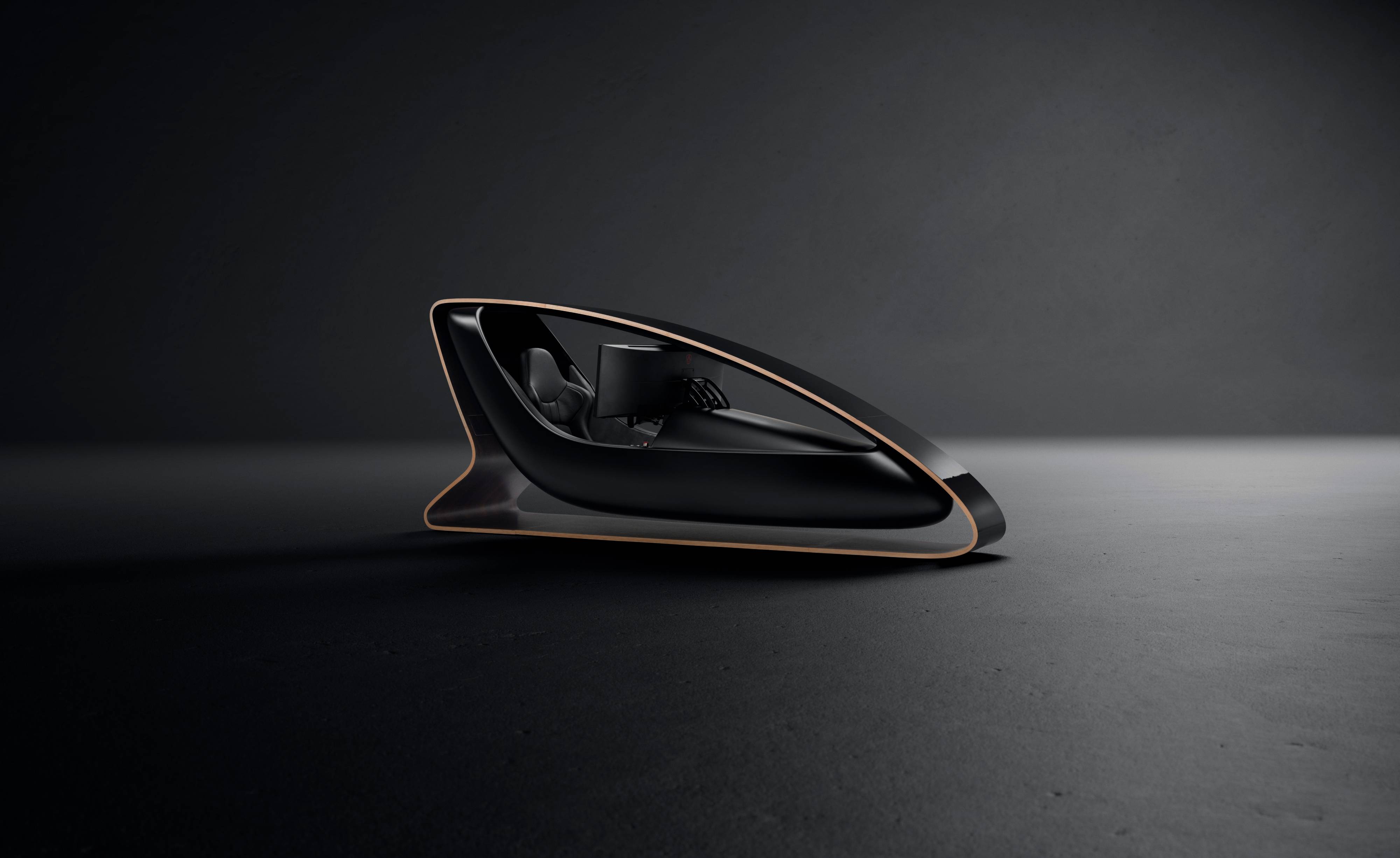 Prodrive’s new racing simulator is shaped by Callum to be front of the grid
Prodrive’s new racing simulator is shaped by Callum to be front of the gridThe racing simulator shapes up – this new design from Prodrive and Callum is honed for the high-end games room
By Jonathan Bell
-
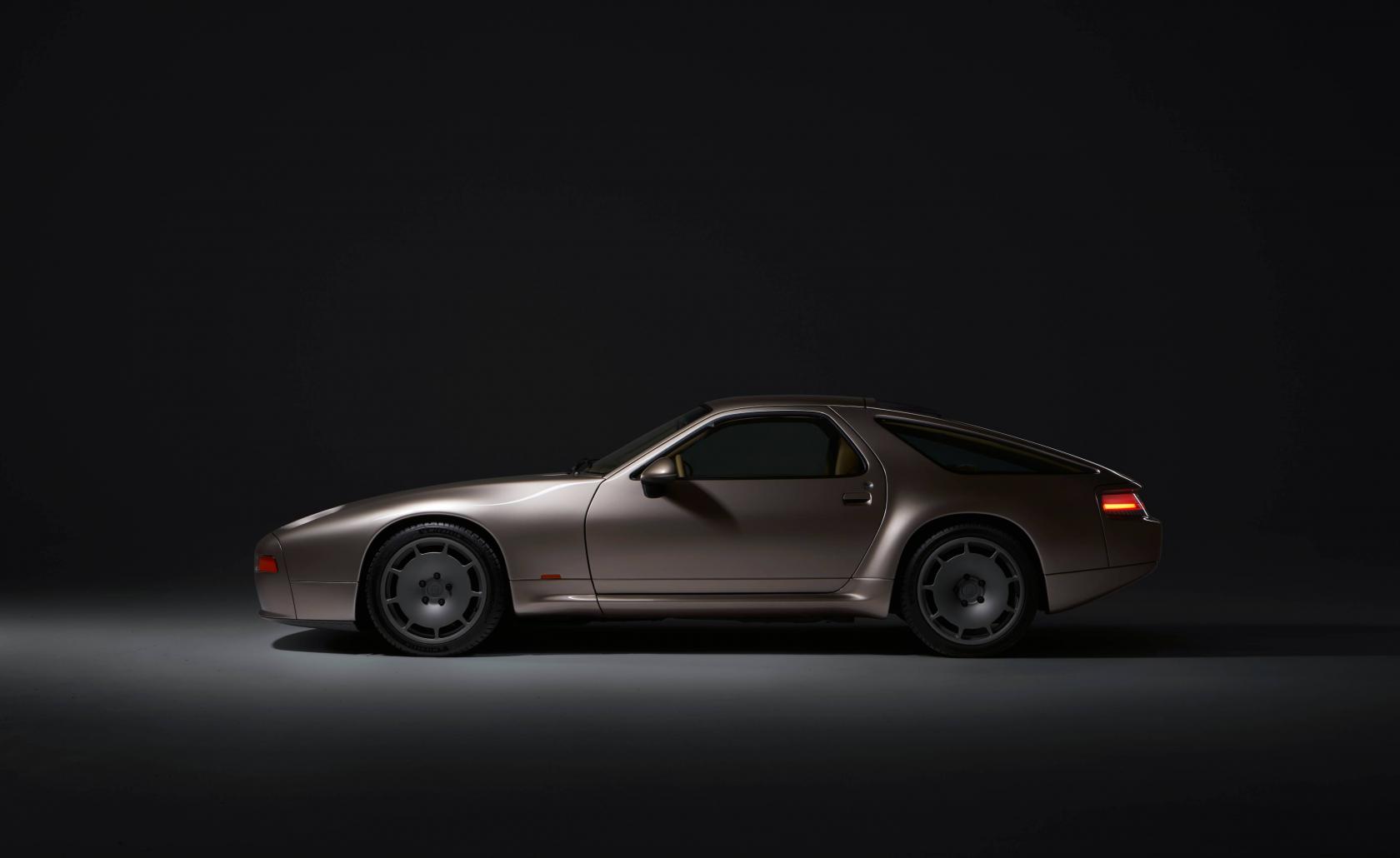 928 by Nardone Automotive: a restomod Porsche with Gallic verve and Italian style
928 by Nardone Automotive: a restomod Porsche with Gallic verve and Italian style928 by Nardone Automotive is a gracefully modernised version of Porsche’s endearingly different 928
By Jonathan Bell